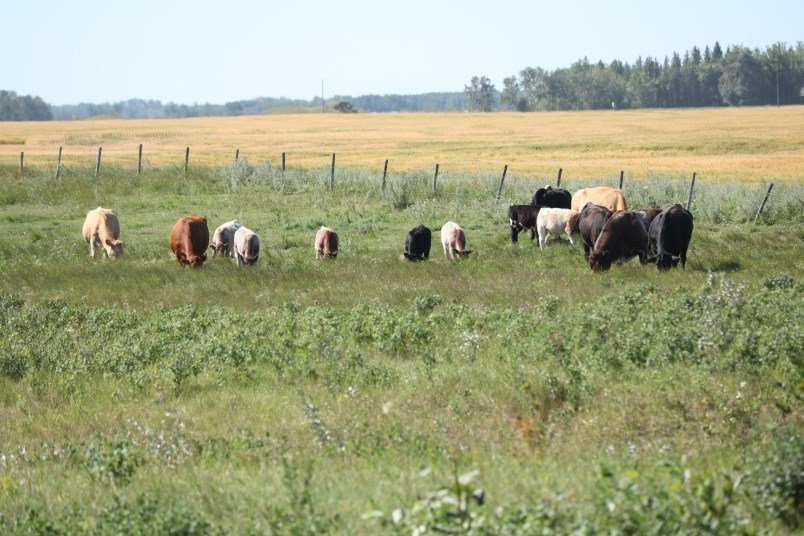YORKTON - If you are in the agriculture sector you have no doubt heard or read about cows being an environmental villain because they pass gas – a significant amount admittedly.
How can a cow be a villain in a world of coal fired furnaces belching smoke, hundreds of jet planes crisscrossing the sky daily, and cruise ships burning tonnes of fuel just for pleasure cruises?
One would likely wonder why it’s the grass-munching cow drawing headlines?
But, what if the cow can also be part of a greener energy future?
Now that is an interesting prospect indeed.
There is certainly interest in acres of farmland perhaps being turning into solar energy farms, with row upon row of solar panels installed to collect energy from sunlight.
Some see the trend as a threat to crop production, although the difference between solar panels collecting energy or growing grain for ethanol or oilseeds for bio-diesel seems to be splitting a rather fine hair.
That said, when solar panels are installed, the land beneath and between the rows, there is the potential to grow other things.
Grain crops aren’t realistic of course.
Nor is using chem fallow. It would really run counter to greener energy ideas to then use chemicals to control growth beneath panels – especially as a better answer is so obvious.
Grow pasture in solar panel fields and graze the pasture with sheep, or maybe the forementioned ‘villainous’ cow?
One of the best reasons for cattle production to be supported in the animal’s ability to utilize fringe land acres – places not well-suited to cultivation and cereal/oilseed production.
There are thousands of acres that are far better suited to growing grass than anything else. Certainly in numerous cases farmers pull the air seeder over some of these acres and harvest a crop – but long term positive returns over cost-of-production is certainly less assured.
The acres are best-suited to grass in many cases, and then cattle, sheep, bison, can roam contentedly and convert that grass into food for human consumption.
So it is definitely a positive for the cow and agriculture to read at www.producer.com that “an agrivoltaics research park to be built this summer in Alberta is designed to explore how beef producers can maximize profits and improve pastures by using their land for both ranching and solar power generation.”
It seems like a very natural combination which satisfies the growing demand for renewable green energy, and still keeps the land in food production.
And, it tilts the needle a bit to show cows are not all that bad for our world.

